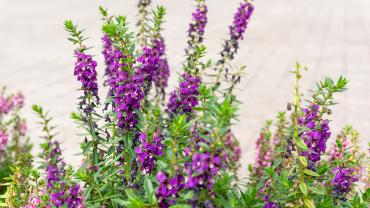
The incidence of Lyme disease in the United States is increasing, particularly in the northeast and northern Midwest. Lyme disease is an illness resulting from tick-borne transmission of certain bacteria in the Borrelia genus (Borellia sp.), most commonly referred to as Borrelia burgdorferi (B. burgdorferi). Although most infections of Lyme disease resolve with early treatment, some individuals may experience persistent symptoms.
The behavior of Borrelia sp and its different forms may contribute to its persistence in the body. The active state of Borrelia sp. is in the form of spirochetes. The latent state of Borrelia sp. is either in a rounded form or it is a biofilm, which is an aggregation of certain micro-organisms that help the bacteria survive in unfavorable conditions. Certain conditions in the human body may be hostile for Borrelia sp., such as changes in temperature or pH, antibiotic exposure, or immune response. These hostile conditions may cause the bacteria to change into the latent form, which may be less responsive to treatment and may be able to evade a response from the immune system.
The laboratory study by Goc and colleagues assessed the efficacy of certain phytochemicals and micronutrients against the three forms of Borrelia sp. that may be found in the human body in the form of either spirochetes, latent rounded forms, or biofilm. Although several phytochemicals displayed activity against the spirochetes and rounded forms, only monolaurin and baicalein (a constituent of the botanical Chinese skullcap, Scutellaria baicalensis) were found to have significant activity against the biofilm.
Monolaurin is also known as glycerol monolaurate, which is a molecule that has been shown to exhibit activity against certain bacteria. Its mechanism of action is believed to be due to its ability to disrupt the lipid bilayers of the target bacteria. Monolaurin may also support a healthy immune system, and it may have antifungal activity that has been shown to influence Candida albicans.
Similar to the laboratory study, a more recent study by Feng and colleagues also assessed the activity of certain phytochemicals against B. burgdorferi. Cat’s claw (Uncaria tomentosa) was one of the botanicals assessed in the study. It was shown to be highly active against the stationary phase of B. burgdorferi. Of note, Scutellaria baicalensis was also reported to have similar activity against B. burgdorferi.
Lyme disease is a complex illness. The individuals who contract this illness may experience persistent symptoms. Certain botanicals may support a healthy immune system and the body’s response to conditions related to Lyme disease.
By Colleen Ambrose, ND, MAT